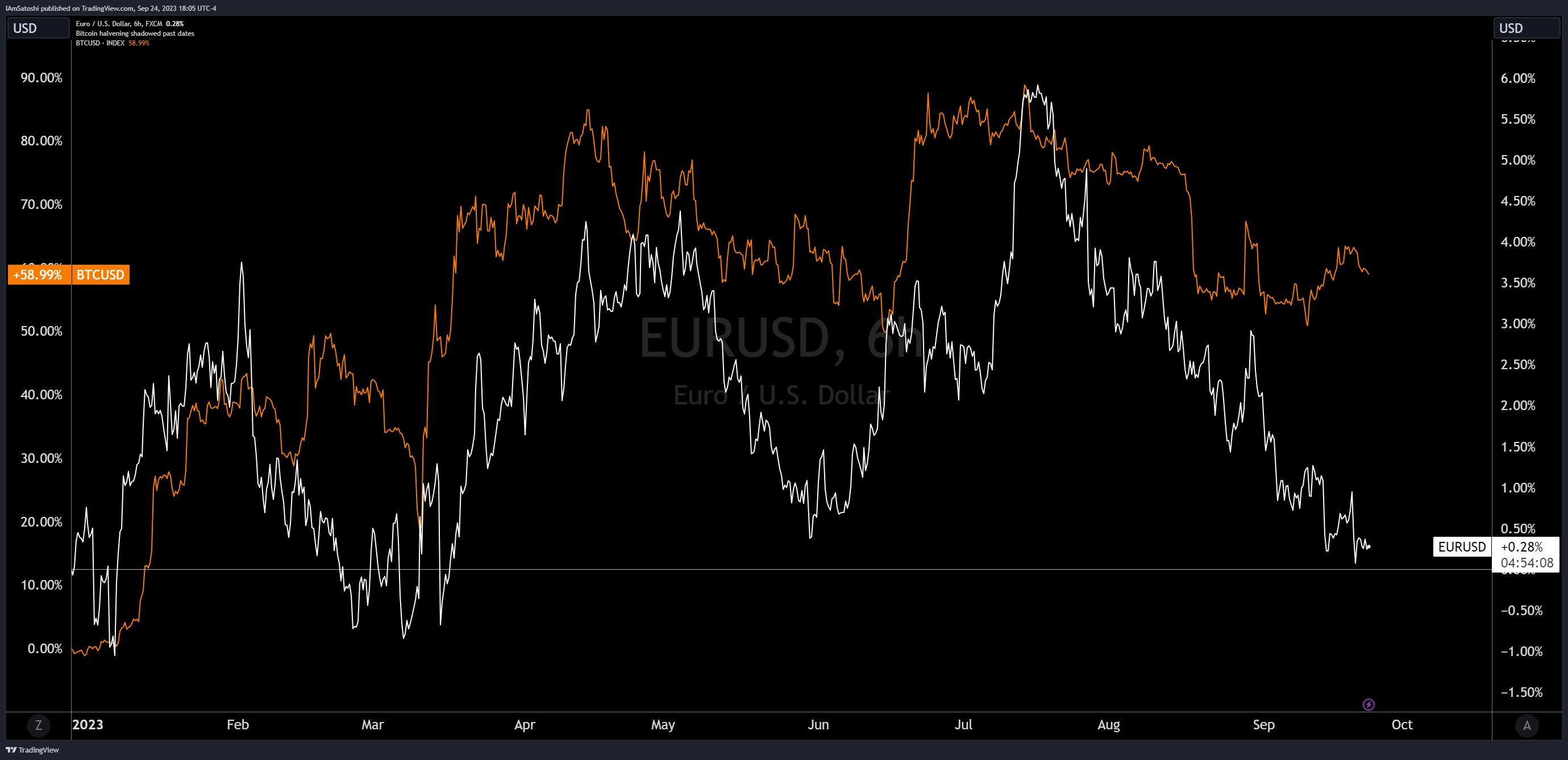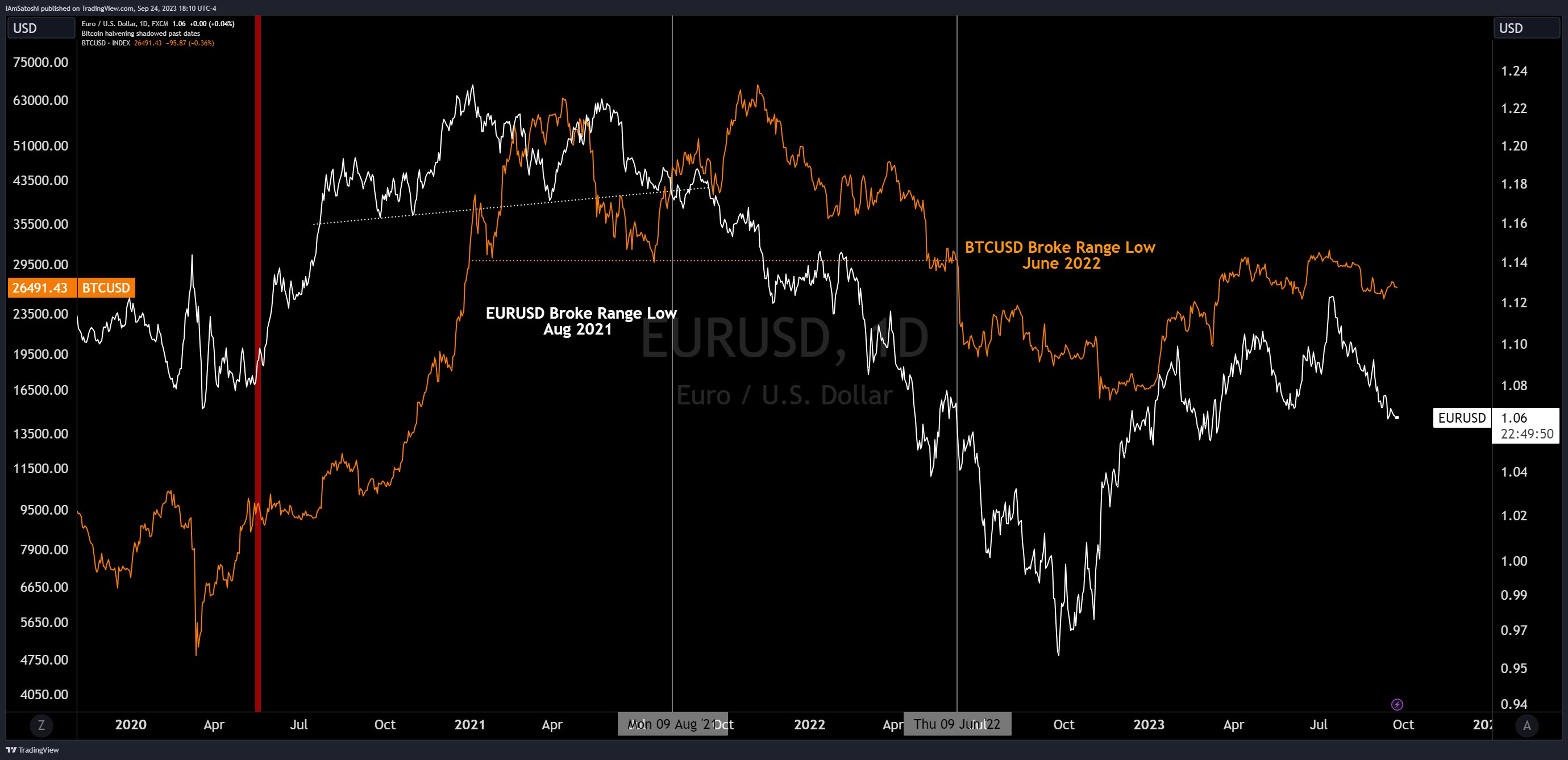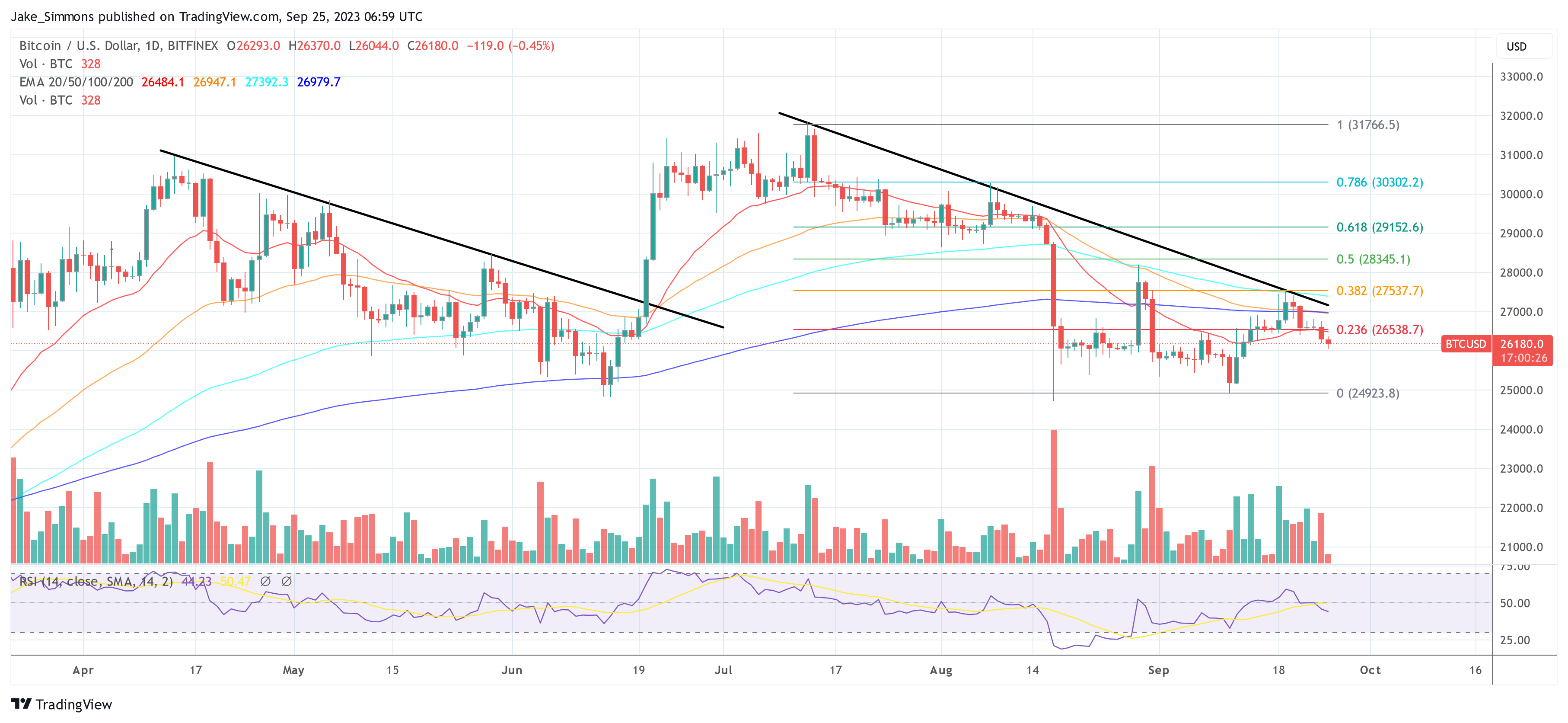
Cecabank, Abanca and Adhara Blockchain have been chosen from the 24 applications received over the past year.
Cryptocurrency Financial News

Cecabank, Abanca and Adhara Blockchain have been chosen from the 24 applications received over the past year.

AllUnity, a new joint venture by DWS, Galaxy and Flow Traders, plans to issue the euro stablecoin on all major public permissionless L1s and L2s, DeFi use cases.
The listing marks the first time a euro stablecoin issued by a fully regulated bank is available on a cryptocurrency exchange.

The euro-pegged stablecoin will be the first of its kind in the region and will be available to the bank’s customer base for trading use.
EURCV isn’t the first Euro stablecoin, but it has the institutional backing of Societe Generale, a major European financial institution.

The country’s government plans to accelerate the development of a European blockchain infrastructure during its presidency of the Council of the European Union.

EU lawmakers are anticipating the arrival of the digital euro, though German politician Joana Cotar is pushing back against the currency and fighting in favor of Bitcoin.

The country’s population doesn’t demonstrate as high a confidence level in the European Central Bank’s digital currency project as the government does, according to the survey.

The digital euro will make electronic payments a vital piece of the financial system, the statement claims.

Mastercard ended its partnership in Latin America and Bahrain with Binance in September, possibly due to the regulatory environment.

The European Data Protection Board and the European Data Protection Supervisor issued a joint opinion statement on the regulation of “digital euro.”

The Bank of Finland actively promotes the development of new forms of payment.

Though the issuance of a digital euro is not a certainty, officials with the European Central Bank are moving to next phase of the project.
The mere fact that the Deutsche Bundesbank, BIS and other financial incumbents want such information now suggests a tacit acceptance of crypto.

As the country is considered for EU membership, the digital lari is seen as providing interoperability with a digital euro while preserving monetary freedom.

As the country is considered for EU membership, the digital lari is seen as providing interoperability with a digital euro while preserving monetary freedom.

As the country is considered for EU membership, the digital lari is seen as providing interoperability with a digital euro while preserving monetary freedom.

Binance’s European debanking woes continue as it urges Paysafe users to convert their euros to digital dollars.

The EURC stablecoin (formerly EUROC) is now available on Stellar in addition to Ethereum and Avalanche.
In recent discussions surrounding Bitcoin (BTC) and its potential future price trajectory, crypto-enthusiasts and analysts alike are finding new correlations to dissect. Most notably, a correlation with the EURUSD pair (the euro against the US dollar) has come into the spotlight due to a Twitter thread by esteemed analyst Josh Olszewicz.
Olszewicz begins by setting the stage, drawing attention to the widely acknowledged inverse correlation between Bitcoin and the DXY (US Dollar Index). He notes, “Most are aware of the strong historic BTC-DXY inverse correlation. DXY is a USD index against a basket of currencies which has a EURUSD weighting of around 58%. So the BTC-EURUSD correlation should also be relatively high.”
What’s intriguing here is the observation Olszewicz makes about the BTC-EURUSD correlation in the period following the pandemic and the last Bitcoin halving. He mentions that the “post-pandemic (post-halving) EURUSD pair has led BTC in both the bullish and bearish direction by anywhere from a month to a full year.”

This pattern, if it continues to persist, might spell some bearish tendencies for Bitcoin. Olszewicz goes on to suggest that, “If this relationship continues to hold, BTC should break down towards the BTFP low of $20k.” This statement is a significant one, indicating a potential substantial drop from its current position, all based on the movement patterns of the EURUSD.
Further supporting this projection, he highlights a technical pattern observed in both BTC and EURUSD, stating, “the EURUSD has completed a bearish H&S, similar to BTC, providing technical fuel for further downside.” A ‘bearish H&S’ refers to the bearish ‘head and shoulders’ pattern, a chart formation that predicts a bullish-to-bearish trend reversal.
However, it’s not all gloom and doom. Olszewicz does provide a glimmer of hope for Bitcoin bulls. He posits, “If you’re bullish on BTC here, you’re either hoping this relationship weakens/breaks, or the EURUSD begins to strengthen instead of continuing to weaken.”
Olszewicz also touches upon some “tin foil” speculations, discussing how the BTC-EURUSD correlation had been seemingly disrupted during Bitcoin’s second high in November 2022. He suggests that the continued fall of EURUSD did not immediately impact Bitcoin’s bullish trend, speculating that actions from major crypto players like 3AC, FTX/Alameda, and the Anchor BTC reserve might have played a role.
He states, “It is both possible and likely that the funny business behind the scenes by 3AC & FTX/Alameda, as well as the Anchor BTC reserve, helped delay the inevitable bearish trend by about a year.”

While correlations can provide insight, they are by no means a guarantee of future market movements. Investors should exercise caution and conduct their own research when making investment decisions. Rose Premium Signals added, “interesting observation about the BTC-EURUSD correlation. It’s essential to consider multiple factors in crypto analysis. The relationship could indeed evolve, impacting BTC’s future movements.”
At press time, BTC stood at $26,180.
